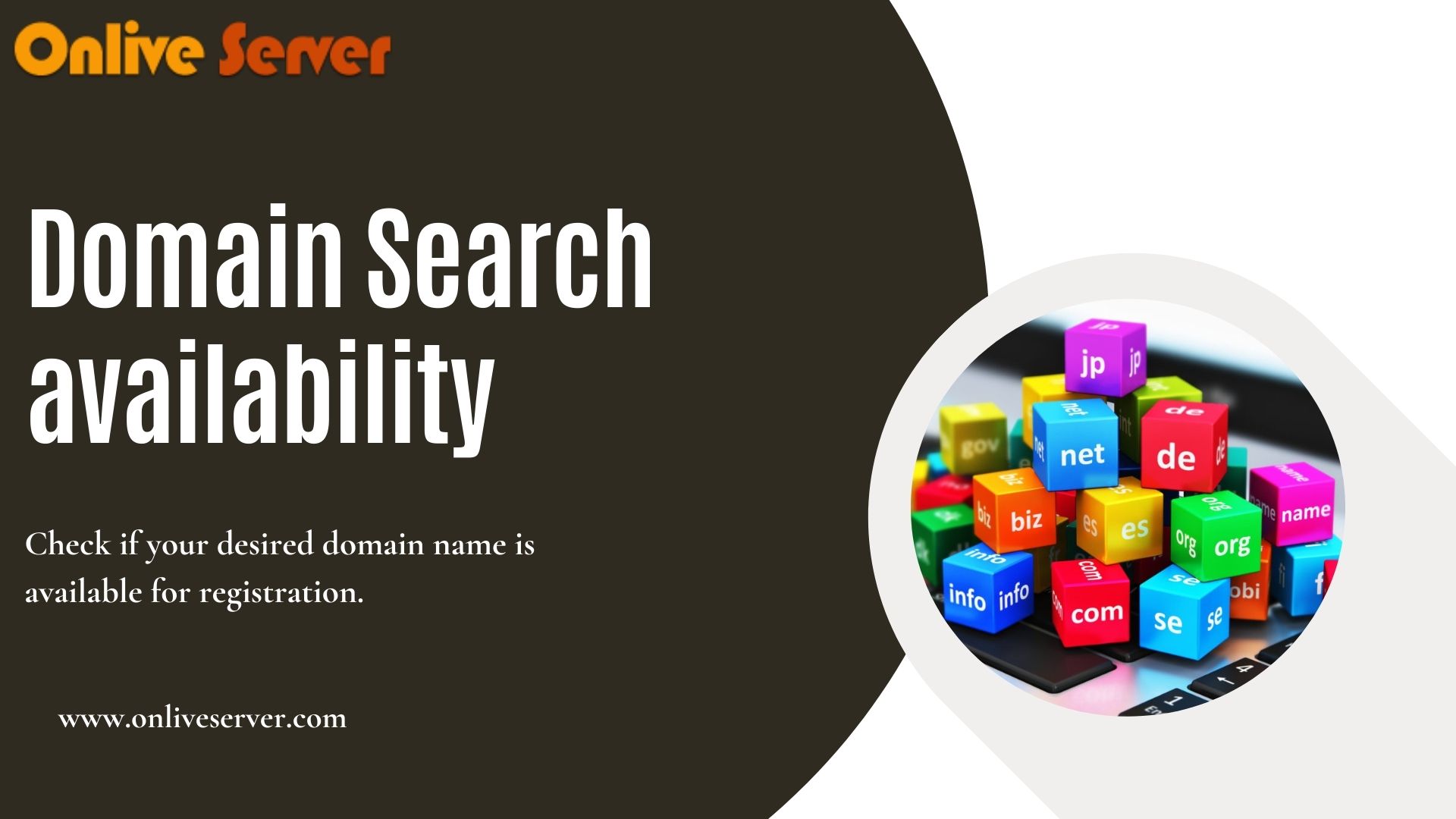
Whether you are starting a blog, an e-commerce store, or a business website, choosing the right domain name is crucial. However, before you proceed with registration, you need to check if the Domain Name is available. In this guide, we will walk you through the process of searching for domain availability, tools you can use, factors to consider, and what to do if your desired domain name is already taken.
What is a Domain Name
It serves as an online identity, allowing businesses, organizations, and individuals to establish a recognizable presence on the internet. A domain name consists of a Second-Level Domain (SLD) (e.g., “google” in google.com) and a Top-Level Domain (TLD) (e.g., “.com,” “.org,” “.net”). It replaces complex numerical IP addresses, making it easier for people to find and remember websites. Choosing the right domain name is essential for branding, credibility, and online visibility.
Why is Domain Availability Important?
Before launching a website, you must ensure that your preferred domain name is unique and available for registration. Here are a few reasons why checking domain availability is important:
- Brand Identity: Your domain name represents your brand online. A unique and relevant domain enhances your credibility.
- SEO Benefits: A keyword-rich domain can help improve search engine rankings and visibility.
- Legal Compliance: Registering an already taken domain may lead to legal disputes and trademark issues.
- Professionalism: Having a personalized domain (e.g., www.yourbrand.com) makes your business appear more professional compared to free subdomains.
How to Check the Availability of a Domain Name
To check the availability of a domain name, you can use a domain registrar’s search tool, such as GoDaddy, Namecheap, or Google Domains. Simply enter your desired domain name into the search bar, and the system will show whether it is available or already registered. If the domain is taken, most registrars will suggest alternative domain extensions (like .net, .org, .info) or similar names. You can also use WHOIS lookup tools to find out the owner details and expiration date of an already registered domain. If your preferred domain is unavailable, consider modifying the name slightly or choosing a different extension to secure a suitable option.
Essential Tools for Checking Domain Availability
There are several essential tools for checking domain availability, helping users find and secure the perfect domain name. Domain registrars like GoDaddy, Namecheap, and Google Domains allow users to search for available domains and register them instantly. WHOIS lookup tools, such as ICANN WHOIS and Whois.com, provide details about registered domains, including ownership and expiration dates. Additionally, expired domain marketplaces like GoDaddy Auctions and Flippa offer previously owned domains for purchase. Checking social media username availability.
Best Practices for Choosing a Domain Name
When choosing a domain name, keep it short, simple, and memorable to ensure easy recall and branding. Aim for a name that reflects your business, niche, or personal brand while avoiding complex spellings, numbers, or hyphens that may confuse users. Using relevant keywords can improve search visibility, but don’t overstuff them. Prioritize a .com extension, if possible, as it is the most widely recognized and trusted. Ensure the name is unique and not trademarked to avoid legal issues. Finally, check social media availability for branding consistency and register the domain quickly before someone else claims it.
Conclusion
Searching for Domain Availability is the first step in establishing your online presence. Using domain registrars, WHOIS lookup, and alternative extensions, you can find the perfect domain name for your brand. If your preferred domain is taken, consider modifying it, checking expiring domains, or even negotiating a purchase. By following best practices, you can secure a domain that enhances your online identity and business success.
Frequently Asked Questions

